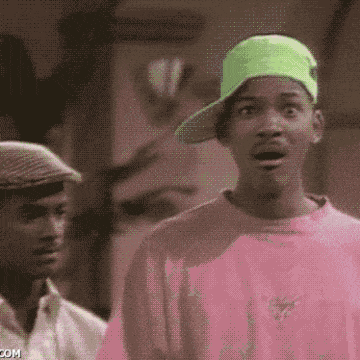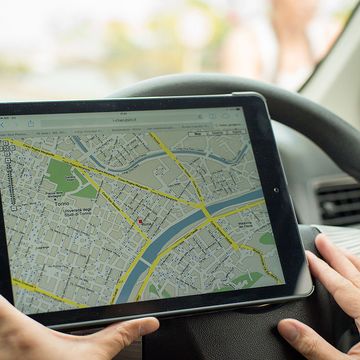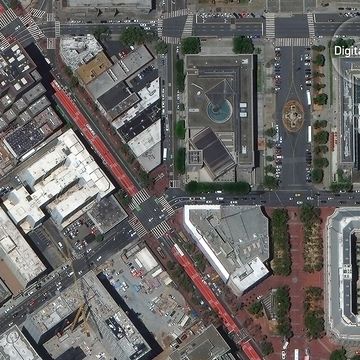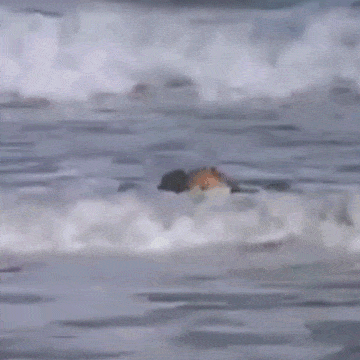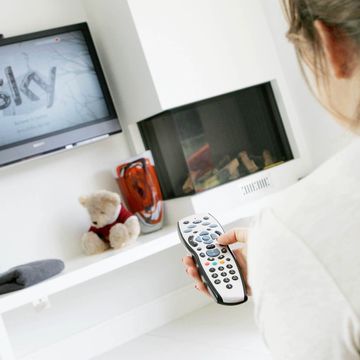Sky yesterday ran the world's first live 3D broadcast of a sporting event when it aired Arsenal's Premier League game against Manchester United to a handful of pubs around the UK and Ireland. Digital Spy headed to Arsenal's Emirates stadium to check out the live 3D trial to see if this really is the future of broadcasting.
Heralded with all the pomp and circumstance of a new dawn, Sky began building the sense of expectation long before kick off began at 4pm. Ushering in the 3D broadcast, Sky's director of product design and development Brian Lenz said that it represents the "start in the next revolution of how sport is filmed".
It's hard to blame them, as yesterday's trial was indeed a world-first in live 3D broadcasting of sport. Sky actually filmed its first 3D Premier League game on December 5 for Fulham's tie against Sunderland, but did not enable consumers to watch it.
Alongside a broadcast to media representatives at the Emirates, the match was also beamed to nine selected pubs in London, Manchester, Cardiff, Edinburgh and Dublin.
Each pub was fitted with a 47" 3G-ready TV set manufactured by LG, while the exact trial locations were not publicised or promoted to ensure realistic consumer feedback and negate any chances of overcrowding. Sky reps were on hand in each of the pubs to organise the trials and secure feedback.
For yesterday's coverage, Sky ran the build-up in 2D over a 3D signal, with the full live 3D feed coming into force at the start of the game. A separate commentator was used for the 3D broadcast, who proclaimed it at kick-off as a "moment of television history".
He added that 3D will "give us a real opportunity to admire the movement of this Arsenal team". Unfortunately, the Arsenal players subsequently put in an insipid display, losing 3-1 to Manchester United.
Certainly, the game was the star here, but the 3D broadcast brought as much significance, it being the first real shaft of daylight on Sky's 3D channel, which will launch this year for pubs and Sky+ HD-enabled households. However, for some viewers the match coverage may have lacked much of a sense of spectacle, as the effect of the 3D remains surprisingly subtle.
When Arsenal changed its club badge in 2002 from the long-held Victoria Concordia Crescit crest, the slogan used was "evolution not revolution", and Sky's 3D coverage for football appears to reflect that motif.
As players from both teams walked out onto the pitch, the sense of depth seemed impressive as they appeared to almost come out of the screen. However, during the actual match coverage, the effect was less noticeable.
In 3D, the pitch appears slightly more slanted, with the players almost plucked up from the surface. In certain shots, the crowd pops out from the screen and slow moving sequences involving player close-ups work very well. On a flat playing surface the 3D effect can sometimes appear slightly lost, but it also never gets in the way of enjoying the in-built spectacle of a football match.
A real triumph for the football coverage was the use of 3D graphics, especially the team formations which appeared to zoom out of the screen and become almost touchable.
There is a sense, though, that the 3D footage taken by Sky from the ATP tennis tournament at the O2 arena last year was more impressive, with players flying out of the corners of the court. Sky apparently has high hopes for golf, but it will certainly be a matter of experimenting to see which sports really work well in 3D.
Wearing the 3D glasses - which are like 1980s Ray Bans - was not as bad as first feared, with flatter options for anyone who already wears spectacles. After a while of wearing the glasses, it's easy to forget that they are on. There is a still an issue of how comfortable people will feel wearing them for long periods of time, but the discomfort is minimal for a 45-minute half of football.
Having seen little value in Quad HD, or super HD and buoyed by the success of 3D blockbuster Avatar - Sky recently consulted with the film's director James Cameron about possibilities of the technology - Sky is going in hard on 3D with confidence that it will bring more opportunities for marketing, sales and, of course, prestige.
Speaking about technical arrangements for the Emirates coverage, Lenz explained that it was being filmed by seven 3D camera rigs around the ground, but touchline cameras could not be used as they would have got in the way of other set ups. Sky used 3Ality Digital's rigs and production equipment for the game, after recently agreeing a strategic partnership with the firm.
Lenz said that the Sky Sports team wanted to create a "realistic view" of the game, which was "all about the story and what's happening". He added that 3D will never be able "make bad content look good", which was not really a danger at such as high-tempo football clash.
When the service rolls out to more pubs in April, the channel will carry one sporting event each week in 3D, most likely a Premier League game, along with a preview reel for the rest of the schedule.
Sky believes that breweries may want to run branded glasses or other promotions to capitalise on the myriad commercial opportunities available around 3D. However, there also questions about how glasses will be managed to negate excessive breakage or theft.
If you were at one of the nine pubs yesterday and saw Sky's 3D broadcast, then please get in touch with your thoughts on the experience

